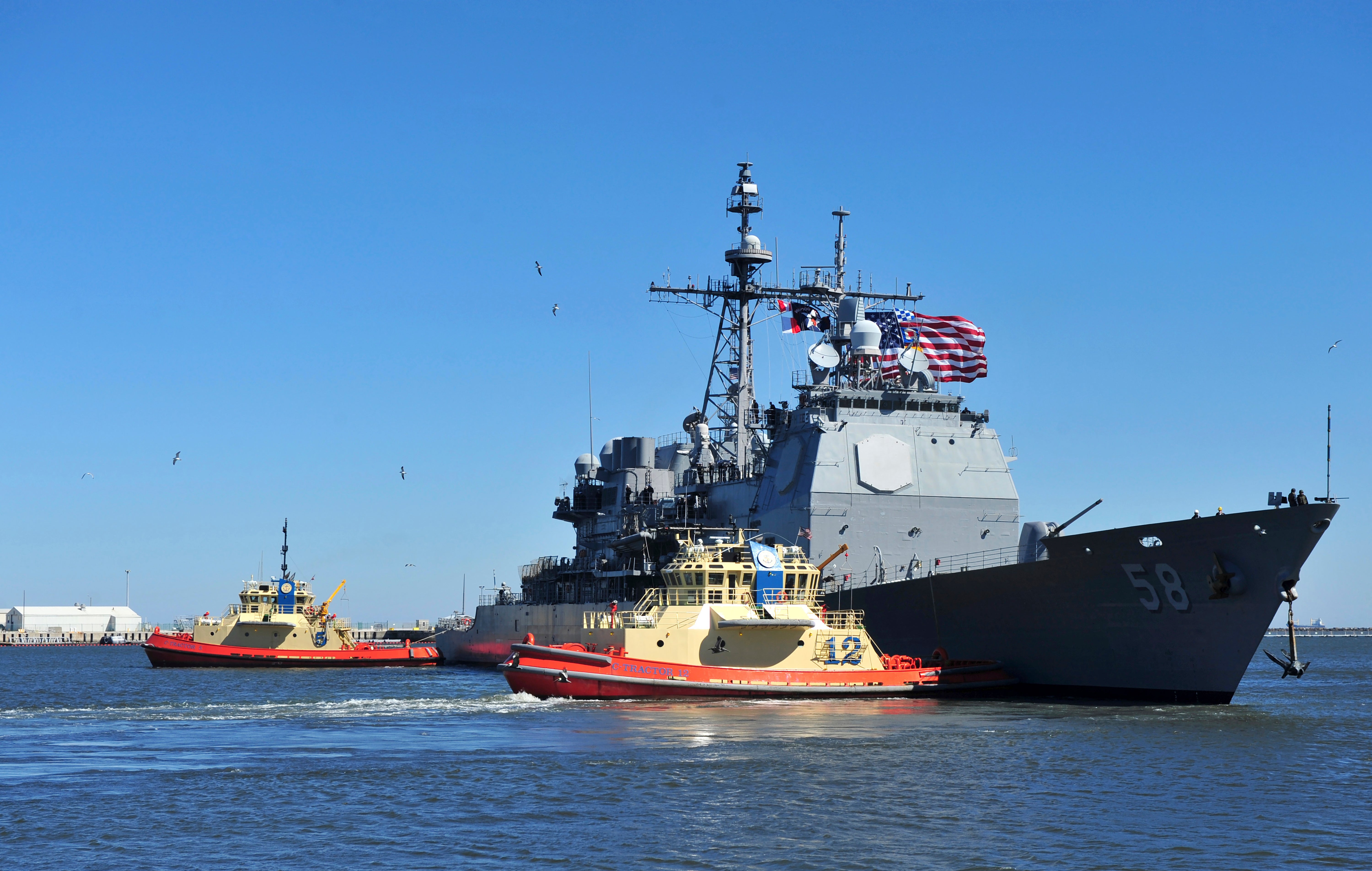2 US Navy warships in Mideast affected by coronavirus
Two U.S. Navy warships operating in the Mideast have been affected by the coronavirus

Your support helps us to tell the story
From reproductive rights to climate change to Big Tech, The Independent is on the ground when the story is developing. Whether it's investigating the financials of Elon Musk's pro-Trump PAC or producing our latest documentary, 'The A Word', which shines a light on the American women fighting for reproductive rights, we know how important it is to parse out the facts from the messaging.
At such a critical moment in US history, we need reporters on the ground. Your donation allows us to keep sending journalists to speak to both sides of the story.
The Independent is trusted by Americans across the entire political spectrum. And unlike many other quality news outlets, we choose not to lock Americans out of our reporting and analysis with paywalls. We believe quality journalism should be available to everyone, paid for by those who can afford it.
Your support makes all the difference.Two U.S. Navy warships operating in the Mideast have been affected by the coronavirus, authorities said Friday, with one already at port in Bahrain and another heading to port now.
A dozen troops aboard the USS San Diego, an amphibious transport dock, tested positive for COVID-19, said Cmdr. Rebecca Rebarich, a spokeswoman for the Bahrain-based 5th Fleet. The ship is at port in Bahrain.
“All positive cases have been isolated on board, and the ship remains in a restricted COVID bubble,” Rebarich told The Associated Press. “The port visit and medical support have been coordinated with the host nation government and Bahrain Ministry of Health.”
The second ship, the guided-missile cruiser USS Philippine Sea, has “several persons under investigation” for possible coronavirus infections, Rebarich said. The ship is expected to pull into port for further testing at a location she declined to name, citing “operational security.”
The San Diego sails with nearly 600 sailors and Marines aboard, while the Philippine Sea carries some 380 sailors.
The 5th Fleet patrols the waterways of the Mideast. Its vessels often have tense encounters with Iran in the Persian Gulf and the Strait of Hormuz, the narrow mouth of the Gulf through which 20% of all oil traded worldwide passes.
The Navy’s largest outbreak so far in the pandemic was aboard the aircraft carrier USS Theodore Roosevelt, which had to be sidelined in Guam for nearly two months last year. More than 1,000 sailors tested positive and one died. Eventually all of the 4,800 crew members were sent ashore in Guam for weeks of quarantine, in a systematic progression that kept enough sailors on the ship to keep it secure and running.
The failure of the ship’s leaders to properly handle the outbreak exploded into one of the biggest military leadership crises in recent years. The ship’s captain who pleaded for faster action to protect his crew from the rapidly spreading virus, was fired and the one-star admiral on the ship had his promotion delayed.
Earlier this month, three sailors tested positive as the aircraft carrier was conducting operations in the Pacific. The sailors and those exposed to them were isolated, and the Navy said it is “following an aggressive mitigation strategy,” including masks, social distancing, and proper handwashing and hygiene measures.